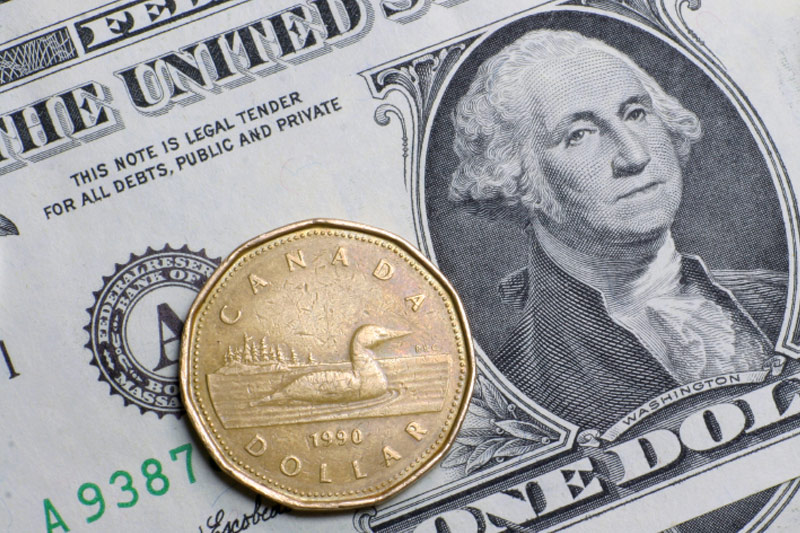Investing.com - The U.S. dollar rose against its Canadian counterpart on Thursday, as markets shrugged off data showing that U.S. jobless claims rose unexpectedly last week.
USD/CAD hit 1.2476 during early U.S. trade, the session high; the pair subsequently consolidated at 1.2464, gaining 0.28%.
The pair was likely to find support at 1.2359, the low of February 17 and resistance at 1.2565, the high of March 2.
In a report, the U.S. Department of Labor said the number of individuals filing for initial jobless benefits in the week ending February 28 increased by 7,000 to 320,000 from the previous week’s total of 313,000.
Analysts had expected initial jobless claims to fall by 18,000 to 295,000 last week.
Separately, the U.S. Bureau of Labor Statistics said non-farm business sector labor productivity decreased by 2.2% in the final three months of 2014, better than expectations for a 2.3% decline and compared to a preliminary estimate of a 1.8% decline.
U.S. non-farm productivity rose by 3.7% in the third quarter.
The loonie was higher against the euro, with EUR/CAD edging down 0.21% to 1.3740.
The single currency came under broad selling pressure after European Central Bank President Mari0 Draghi confirmed that the ECB will begin purchasing euro zone government bonds on March 9 under its new quantitative easing program.
The combined monthly asset purchases will amount to €60 billion per month and is expected to run until September 2016, or until the ECB sees that inflation is on a “sustained path” to its target of close to, but below, 2% in the medium term.
In addition, the ECB raised its growth forecast for this year to 1.5% from 1.0% previously, followed by faster growth in 2016 and 2017.
But it cut its inflation forecast for 2015, saying it now expects inflation to be flat, down from 0.7% previously. It then expects inflation to increase to 1.5% in 2016, up from 1.3% and 1.8% in 2017.
